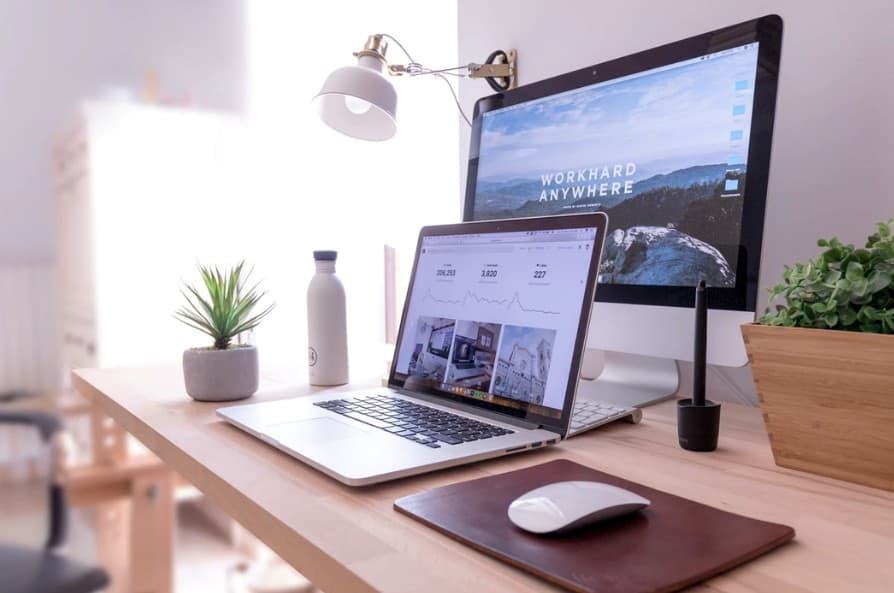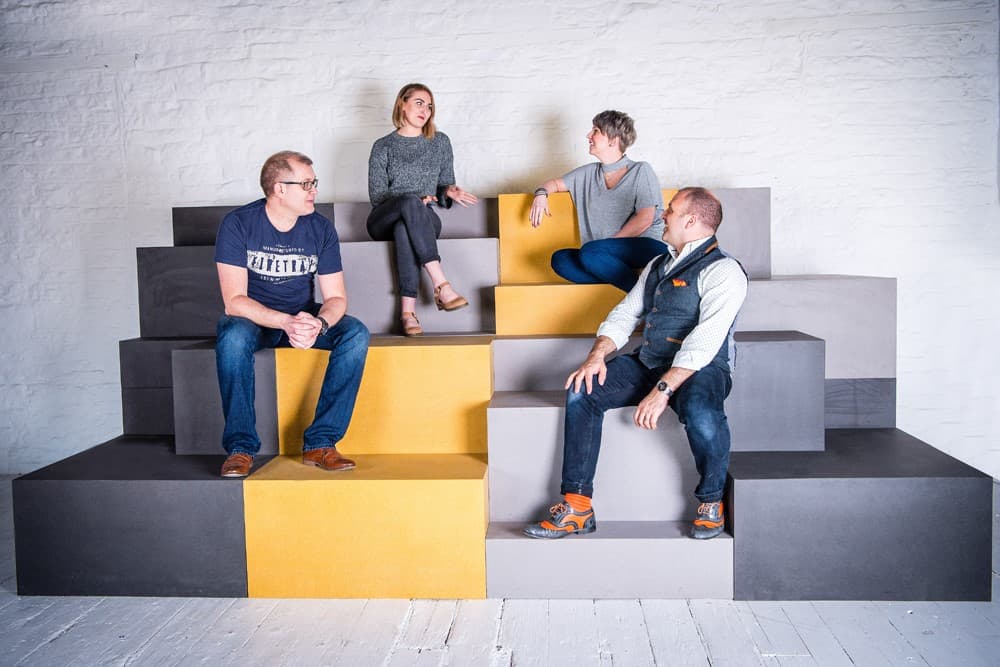“Agile enables organisations to cope with continuous change” says Steve Denning, Senior Contributor at Forbes. The majority of people are naturally averse to change, preferring consistency and routine, so agile working can be a hard concept to grasp at first. Agile working relies on various components coming together to achieve greater outputs than if workers had to clock in for a set 9-5 at the same desk, with the same people, in the same office, every single day.

Technological advances mean that quite often a laptop and Wi-Fi are all agile workers need to get the job done. People have the option to work from home, in a coffee shop, within a coworking space, or even a different country. The worker is given freedom to choose the space that will enable them to work efficiently, productively and will undoubtedly boost job satisfaction. When senior management treat people like adults, they then feel respected and trusted to do their job without ‘having to be seen’. Presenteeism is still rife within big business; people who work longer hours and come to work despite being ill usually do so out of a fear of falling behind or fearing that they’ll only have to “make up more time”. Instead what happens is on-the-job productivity loss due to depression and pain, which costs the UK economy about £109 billion per year.

If you believe the formula is “you + time = productivity” then your mathematics is wrong.
Time is not the answer to great work, evidenced for example by the rise in coworking spaces. When people are in an office, working with a group of people they’d never normally choose to socialise with, they can adopt a ‘work persona’. In a coworking space, there’s less emphasis on conforming to the office identity of fitting in which enables workers to bring their true self to work. Agile working encourages people to choose where they sit, who they sit with and how long they sit there easily. If in a coffee shop it gets too noisy, they can leave. No longer rooted to their desk, individuals can find a quiet place to focus such as a library or meeting room.

Rachel Suff, Senior Employment Relations Advisor at the CIPD says, “Put simply, a reactive, ad hoc approach to well-being is not enough. If employers want to build a workforce that is happy, healthy and productive, the well-being agenda needs to be a priority and employee well-being practices must be integrated in the organisation’s day-to-day operations”. Agile working is seen as an opportunity to maximise individual’s potential by allowing them to work in the best way that they can.
In understanding agile working, it’s important to clarify what it is not. Flexible working refers to flexibility in part-time days or hours worked, normally to balance a healthy work/life style. An interesting article from the Financial Times explored how the “bleed to succeed” culture is still perceived as the way to success. Flexible working is becoming ubiquitous in the majority of forward-thinking businesses who want to retain top talent, rather than lose them to other companies that will offer it. However, 30% of workers believe they have less status because they work flexibly.

In time, as more and more organisations reap the benefits of an agile workforce, this perception will hopefully dissipate. In response, businesses will adapt their offices to that of agile workers who no longer require allocated desks. The workplace adaptation will need to accommodate workers in a variety of ways, something that HR companies are already aware of. Evidence confirms that 53% of job seekers would turn down a role if they did not like the company’s working environment. Referring back to Denning’s earlier statement about organisations coping with continuous change, one way to keep costs low is to invest in multipurpose furniture. In Neil Usher’s book ‘The Elemental Workplace’ he suggests that storage is having a renaissance. Employees are focusing on their wellbeing more now than ever before, by cycling to work, bringing in healthier lunches and so personal storage is a key factor to consider when purchasing furniture.
The versatility of seating is another example of maximising space and purpose. A tiered modular system can accommodate impromptu meetings, collaborative team brainstorming sessions, or simply a quiet space to quickly respond to some emails. Instead of traditional hard backed chairs, breakout areas, reception areas or one-to-one spaces can benefit from a wheeled ‘Dot’ that can transform a space in seconds.

The emphasis on fluidity is what agile working encompasses – whether it’s the people, location or furniture. For expert advice on agile working and how to implement this within the workplace, get in touch with Workagile or pop in to the showroom on 16-26 Banner Street, Clerkenwell.
Work smart. Work well. Workagile.
